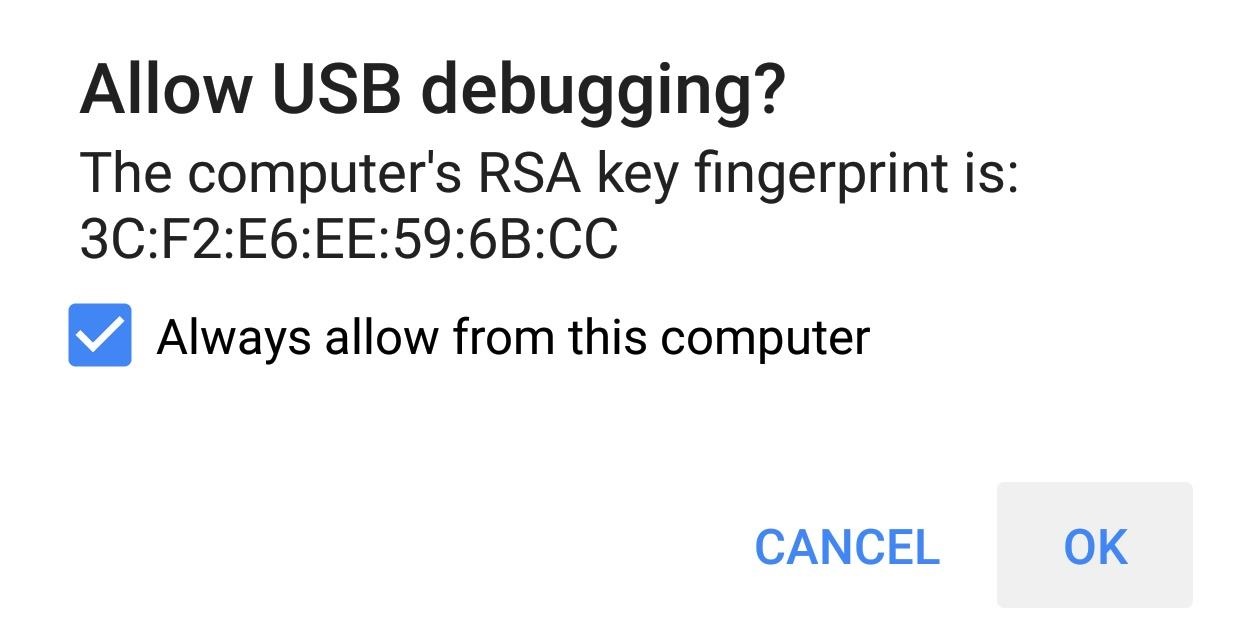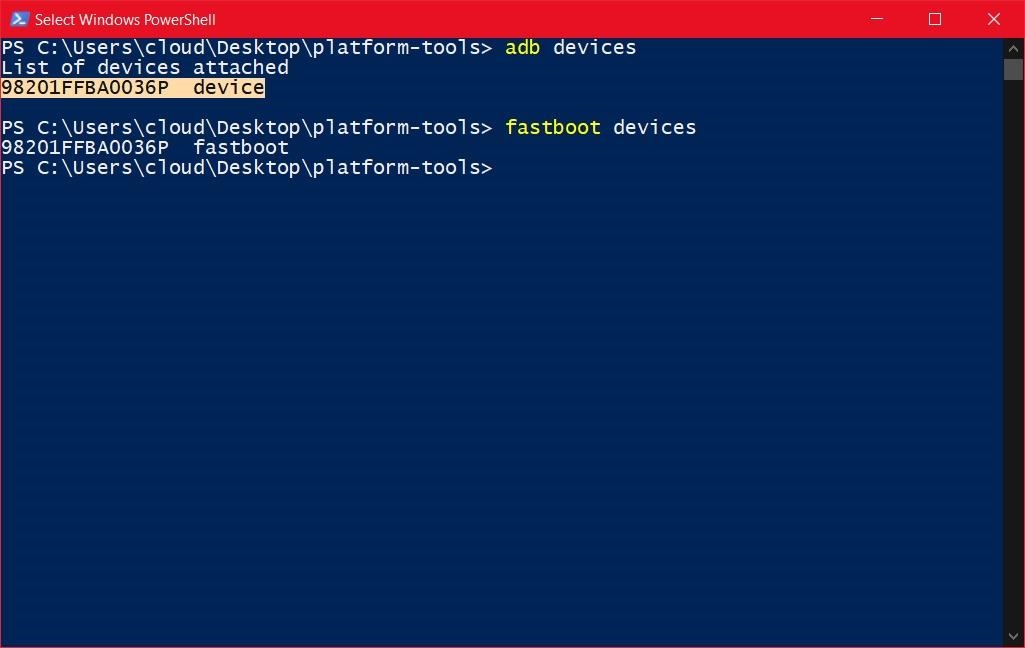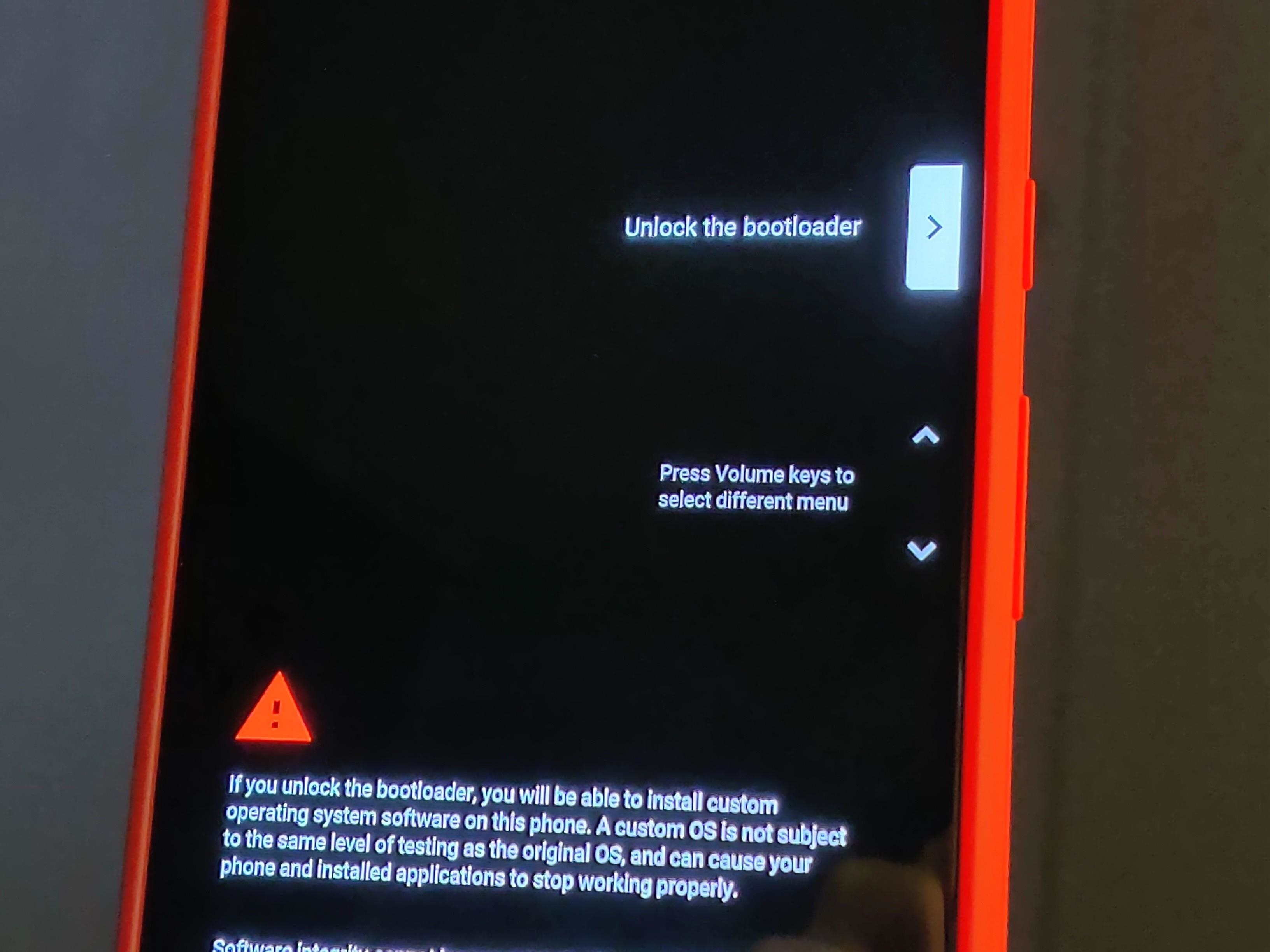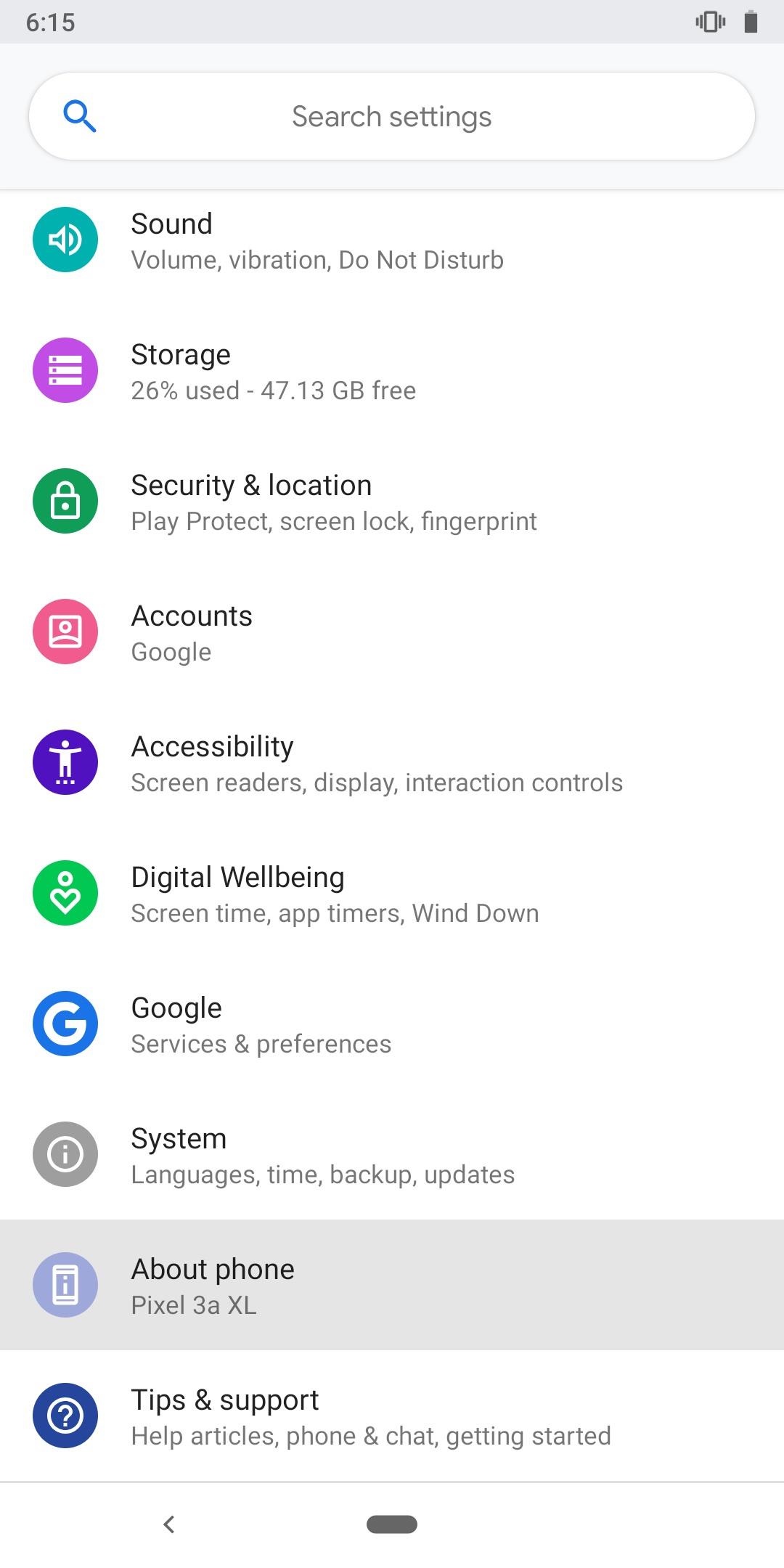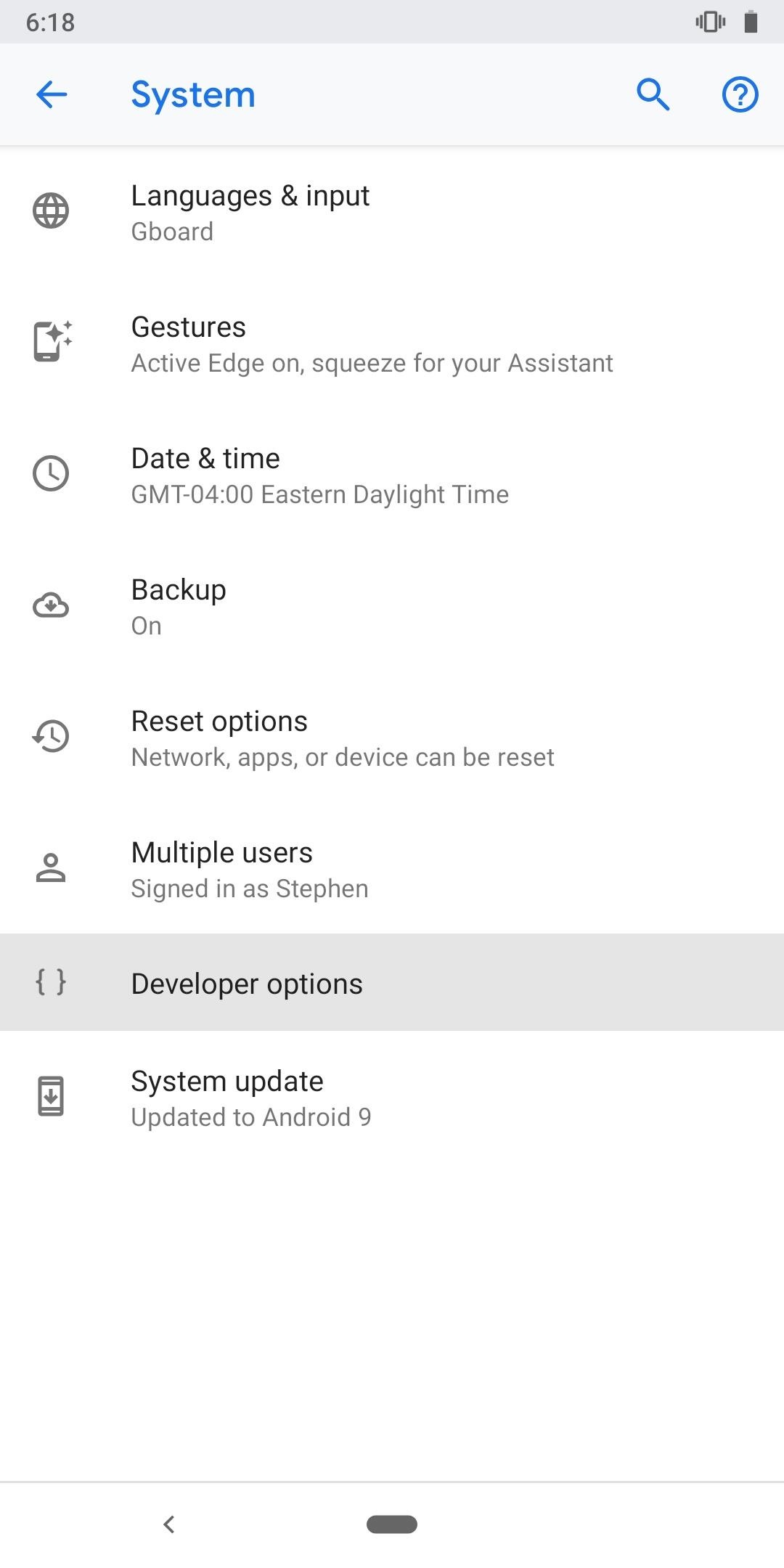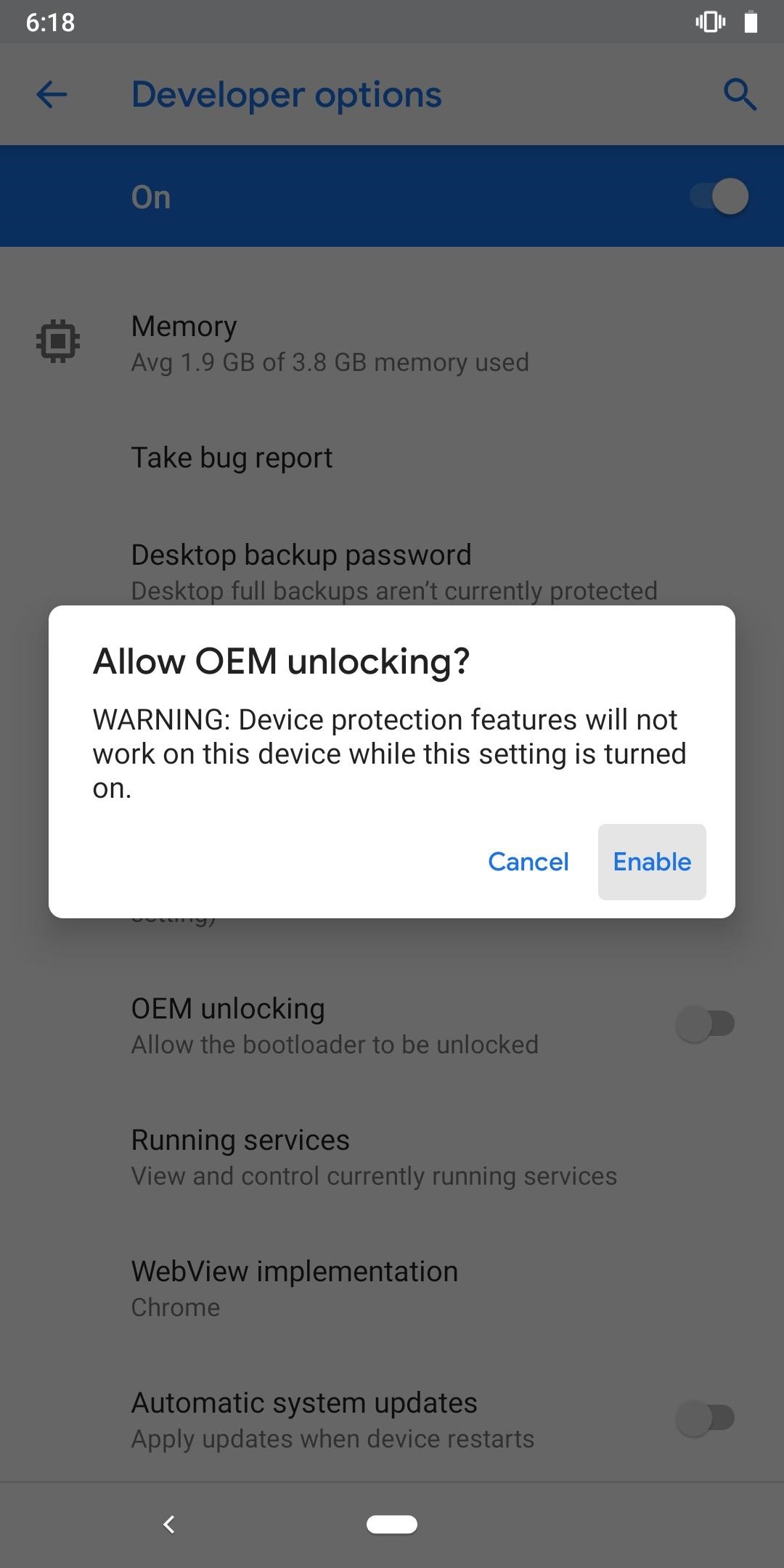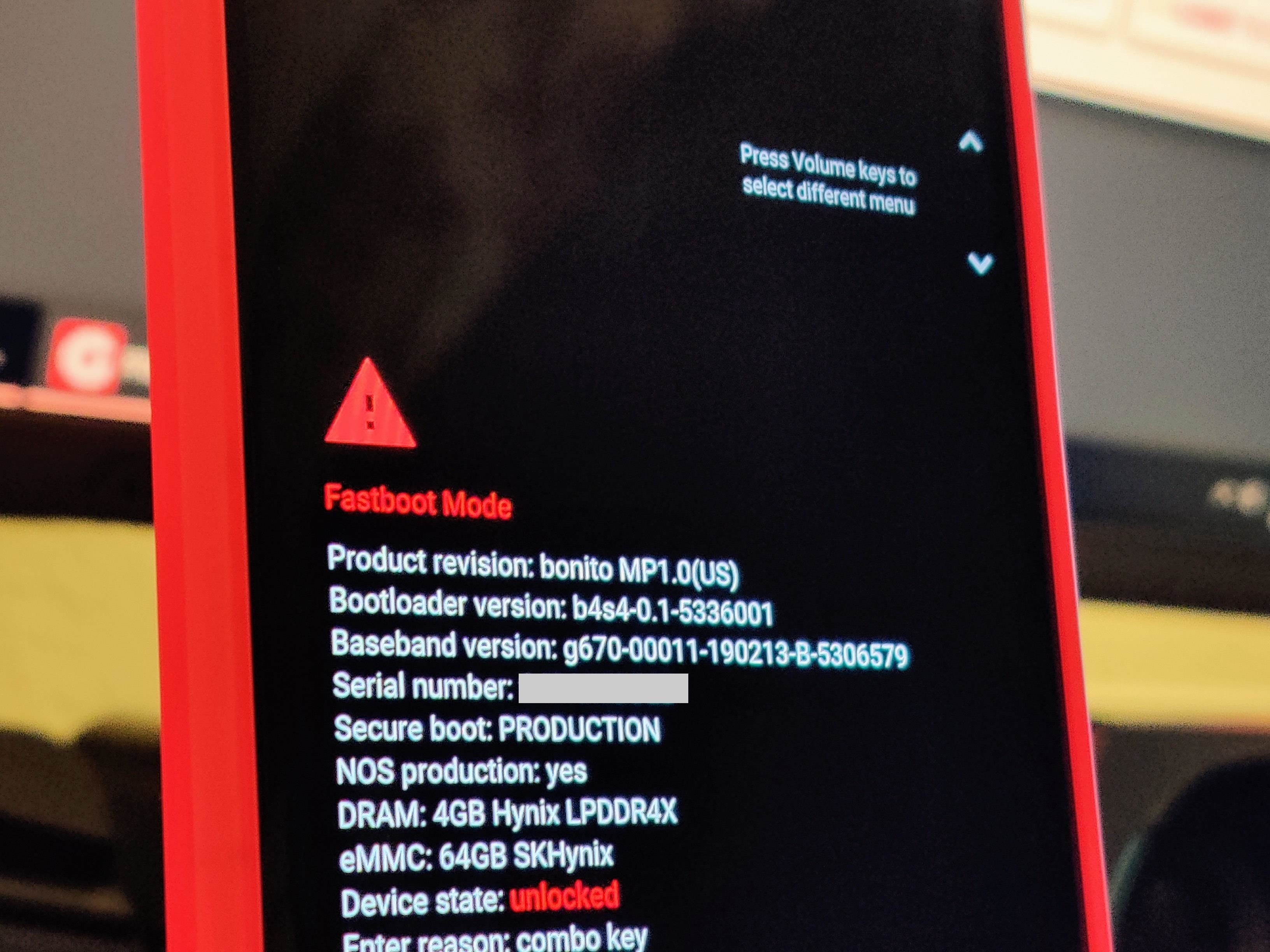When discussing elite performance, visualization is a key tool for boosting performance and increasing success. It’s widely utilized not just by traders but also by athletes and entertainers. Scientific studies have documented its usefulness in improving performance. We can all agree that it’s a fabulous tool and that it’s worth making use of.
What’s discussed less often is how visualization actually works in practice. When we are making our wonderful images of trading success, how should we do it? What works and what doesn’t with visualization—and why? And how can we improve on standard visualization techniques to take our trading to the very highest level?
In this series, I will do a deep dive on everything related to visualization and hopefully answer the questions above. First, I will cover the basics—what is visualization and how people think it works, drawing on a host of sources.
Then we will cover how to improve on existing visualization, using tools and techniques that are widely used in other spheres, most notably therapy.
Lastly, we will address new and exciting ways to use visualization to change memories, as a goal-setting exercise or to change your personality wholesale.
What Is Visualization?
Quite simply, visualization is mental practice. It’s the process of imagining something that you want to happen—either a goal or a process. The typical visualization pattern comes from the sports world, where an athlete would imagine themselves winning a championship or standing on the podium receiving a medal. In some martial arts, students are encouraged to practice moves by observing the teacher, then making a movie of the motion in their head and then stepping into that picture—before they ever make any physical exertion.
The idea behind visualization is that mental practice is just as good as real-life practice, giving you a chance either to rehearse for an event that hasn’t happened or to reinforce other practice that you have already put in. By practicing in your head, you have effectively increased your training time and intensity. For instance, one famous study of basketball players demonstrated that a mix of shooting baskets and visualizing shooting baskets was just as effective as regular old practice.
Essentially, the mental practice is working the same as real practice—and no matter what form, practice is practice. As we undertake a course of action, for instance making a smart trading decision, we form a neural pathway—that is, a connection of brain circuits necessary to accomplish the task. As we practice performing a certain action, we strengthen and reinforce that neural pathway. In his wonderful book The Talent Code, Daniel Coyle explains how the myelin around the neural pathway of elite performers actually becomes thicker, providing physical evidence of what we are talking about.
This conclusion: your brain interprets reality and imagined things very similarly. This squares with our everyday reality. Imagine if you have a phobia of snakes and someone shows you a vivid photograph of a snake—you’ll have a fearful reaction, even if it’s involuntary. Essentially, a phobia is a learned reaction to a certain stress—even if you didn’t choose that reaction consciously. For instance, some people have a paralyzing fear of water that prevents them from taking a shower. Nevertheless, that neural pathway is strong. With visualization, we are deliberately choosing the behavior we want and using mental practice to reinforce it.
What To Do
With respect to trading, a good visualization could be making a mental walkthrough of yourself making a good trade or staying calm and collected during stressful market conditions. It could be imaging yourself cashing a certain-sized check after a huge, breakout year for your trading. The key is that you make pictures in your head to simulate the actual event that you want to happen and that it is relevant to your trading results. While you could make an image of you lying on the beach in the Caribbean and enjoying an early retirement owing to your trading profits, that would probably only improve your cocktail-mixing abilities.
The most helpful course of action is to use visualization to reinforce other positive steps you are taking in your trading, like making process-driven decisions. Ideally, you are now trading at least a few well-defined setups for entries and have some good exit criteria in place. You need to define your best setups in advance and be comfortable with how they work. You could define a setup by having a checklist of necessary points for it to qualify—for instance, if it meets five out of seven points then you put on the position. The key is to have a more or less objective way of defining what is a good trade in order to get in. The sound trading fundamentals need to be there first. Visualization is the ideal tool to reinforce good trading fundamentals—but it can’t replace them.
Let’s Get Started
Following the above example, let’s say you want to do a visualization exercise to improve decision-making, so that you are always making good trades, sticking to your system and staying disciplined. You decide to visualize this. How would it work?
There are a few key steps:
- Get relaxed. You must block out distractions in order to visualize successfully
- Begin your visualization from the appropriate starting point. In this case, you want to start off in a calm, focused resourceful state in a work setting—because you are going to stay there
- Walk through slowly, deliberately and in vivid detail the activity that you want to practice. See yourself doing it.
- Check that it all works and is realistic, otherwise your brain won’t buy it. As a counterexample, you could imagine leaping tall buildings in a single bound but your brain will never accept the suggestion.
- Review what you’ve done.
- Update or rerun as needed
1.Relaxation
Most traders are not very good at relaxing—stress and tension are our two most common sensations. The key to relaxation is an awareness of our whole body and what it’s doing—our muscles, our breathings, our posture. After days sitting in front of the screen, we often don’t notice how tense we have gotten and our badly our posture has deteriorated. A quick walkthrough on how to relax
- Find a comfortable place, like a well-supported office chair, a sofa, or a recliner. A bed is not the right place for this- you don’t want to fall asleep.
- Become aware of your body. Do a quick scan of all of the various areas of your body, little by little—starting at your forehead, moving down through your face, your jaw, your neck, etc until you get to your toes. Where there seems to be tension, just make a mental note. Notice your breathing—how you inhale, how you exhale, how often.
- Interrupt your normal breathing pattern for a second. Hold your breath, then breathe out until you have nothing left. Then take a *big*, *deep* breath in—feel it all the way down to your diaphragm. Hold it for ten seconds and *slowly* exhale. Let the air just leak out, gradually. Each breathing cycle should take a long time, up to a minute. Repeat this process ten times, until you start to feel more saturated . You should feel your heart rate begin to slow down—if you want, check the pulse on one of your wrists.
- While continuing this breathing pattern, begin to progressively relax your body. Start with your forehead, and flex the muscle (yes—there is a muscle there!), then let it go and leave it relaxed. Then move down your body again, doing the same with your face, your jaw, etc. Where you noted tension earlier, repeat this two or three times until you’re sure that you’ve worked the tension out.
- If it helps, you can imagine someone progressively massaging you. Or you could imagine a balloon gradually losing air—hear the air hiss out of it, symbolizing the built-up tension that’s leaving you. Or you could picture yourself in a relaxed place, like a beach or a hammock in your backyard. The important thing is to find whatever extra image or experience that will help you to relax.
Ari Kiev’s book Hedge Fund Masters has a large section on visualization. While it doesn’t have very good instructions overall, their relaxation exercises are very good.
2. Begin At the Right Point
You want to find the appropriate point to begin your experience. For most traders, that is when they arrive to the office or computer, or wherever else they are trading. You want to start off with a clean slate at the right beginning point, in order to practice doing things exactly right for the whole trading session.
- Imagine a relaxed, cool, calm, focused version of you. Take a good look at this person—get to know how exactly your super-relaxed face looks, how you are breathing, how you are carrying yourself. Note how much you visibly enjoy trading and coming to the office.
- Notice the details of the scene What time is it? What does the office look like? Re-imagine the office with some details that make it more fun, more relaxing and more focusing, to further alleviate any pressure
- See yourself walking into the office and taking your seat. See how confident you are of your gameplan and that success will be yours. Get started on your pre-game routine—watch yourself updating charts, checking overnight market activity and newsflow. See yourself checking your positions and formulating a gameplan for the day.
3. Imagine your disciplined, focused, trading day.
- Now the market opens. See yourself following prices, your open positions, any potential setups you’ve identified and any open orders you have. Importantly, watch yourself being calm, collected and engaged throughout the whole process.
- You are following a certain instrument and think it could be a potential position. Now, walk through a sample trade. Go through various characteristics of the instrument, check them against your various entry criteria, and check everything off against a checklist. See yourself with a filled-out piece of paper with all of the entry criteria or a detailed trade rationale.
- The position is a go. Imagine yourself calmly putting on a position, being disciplined in terms of getting in.
- Now imagine that you are monitoring your positions and one reaches your take-profit level or meets your take-profit criteria. Imagine acknowledging the level and calmly, smoothly, unexcitedly taking the position off. Or imagine yourself going through the same checklist exercise for taking the position off, ticking all of the boxes, and only then taking it off. See yourself congratulating yourself for making a disciplined trade.
- Do the same exercise with a losing position. Imagine that you are following the market attentively, and that it reaches a level that you had previously set for taking it off (your stop loss point). Once the position reaches that level, calmly, unexcitedly, unemotionally close it. See yourself congratulating yourself for making a disciplined trade.
- Imagine yourself at the end of the working day. See yourself reviewing your trade blotter and notes where you have all of the following:
- detailed trade rationales;
- disciplined position entries and exits (be they winners or losers);
- notes about potential positions;
- notes on the market—news, key levels, how it trade, fundamental views;
- comments on your emotional state—ideally, it is calm
7.Imagine yourself leaving the office, knowing that you gave it your all, were focused and disciplined. Imagine how you would look if you were sure you had done that, just for one day.
4. Make sure everything works and works for you
If you have something that’s not right with your visualization, your brain will be less likely to accept it. Make sure to run back through it, checking all of the details. Your mind will flag troublesome points for you. You need to solve them for the visualization to have maximum effect. It’s like in sports—the point of practice is to practice doing it right. There’s no point in practicing going up on the wrong foot for a layup!
For instance, if you imagine yourself getting to the office at 5AM and you are not a morning person, that will cause a problem. If you imagine yourself following exit criteria that you don’t really believe in or follow, your mind will be skeptical. In that case, review them again and either get comfortable or come up with new ones that you are comfortable with.
Assuming everything checks out, then you can “wake up” now. You’ve finished—good job!
One other item: I didn’t mention money at any point. One reason is that what we using visualization to practice the core skills of trading, and that is what we are reinforcing. As trading is mostly about making good decisions, that is the logical place to focus our attention. The other reason is because money, and indeed all financial goals, fit into visualizations in a rather unusual way—we will cover that in a later piece.
5.Review what you’ve done
You’ve just installed in yourself and practiced a simplified version of good trading routine—being prepared, deeply involved in the market, making good disciplined trading decisions, putting on and taking off positions when you need to, and being satisfied with that. Pat yourself on the back for having walked through it.
After you’ve done this process the first time, remember that it’s like any kind of practice—the first time, it may be difficult but it gets much easier as you do it. You’ve essentially created the first trail in the forest, and from now, it will be much easier to follow it. Whenever you want to practice this part of your trading, especially without putting actual money at risk, you can walk through this visualization exercise.
6. Update or rerun as needed.
Now that the plan is there, feel free to rerun whenever you need. Ideally, you would do it outside of the trading day—before you go into the office or on the weekends, when you are not trading. That way, you don’t have to take time out of your day. During the day, it’s better to do relaxation-focused visualizations or other similar exercises, like yoga, meditation or prayer.
If you don’t find yourself being better prepared or focused during the trading day, then feel free to update. Some suggestions:
- You might want to add several stopping points during the day where you see yourself being focused, absorbed, and relaxed. For instance, every hour on the hour
- You can add yourself talking to your colleagues and accepting good ideas or feedback.
- You can imagine yourself blocking out distractions—imagine a little forcefield or bubble around you and all kinds of distractions just effortlessly bounce off of it. Or you can picture walls and a door around your trading station, where distractions have to knock and you decide whether or not to let them in.
- If you have trouble with trading too often, you can imagine yourself evaluating the market, concluding that there’s nothing to do, and subsequently doing nothing for the day. Then imagine patting yourself on the back.
Hopefully this explained how a basic visualization exercise works and how to use it to help your trading. While the explanation of how it works was brief, it should have been enough for the purposes of this exercise.
In the next piece, we are going to explore in more detail how visualizations work. Because visualization as a mental phenomenon is a little unusual, we will draw on some research about how your brain actually works in order to understand it better. Once we understand how visualization works and why, then we can start manipulating various parts of the visualization experience itself, in order to improve the results. Since visualization and its related tools are used actively in fields like sports psychology and therapy, we have lots of experience to draw on. All told, it will lead us in some new and exciting directions.
As always, feel free to follow me on twitter: @HowOfTrading or read my earlier articles on www.howoftrading.com

